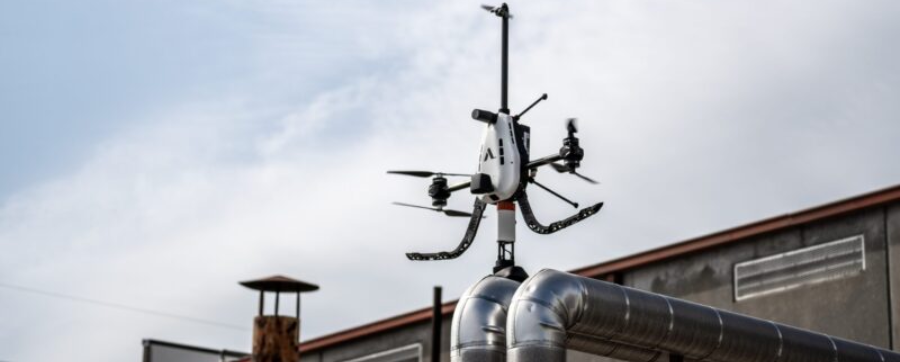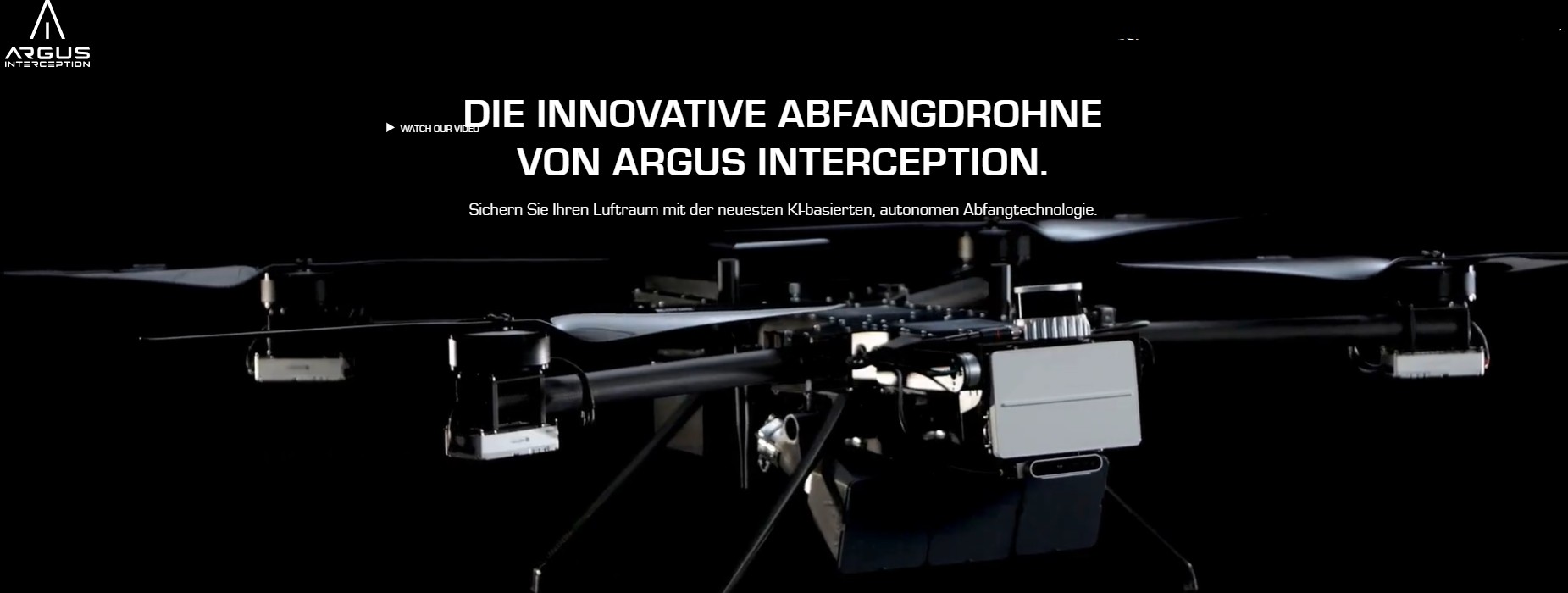Voliro’s Facelifted Tiltable Rotor Drones Rewrite Infrastructure Inspections

When Voliro unveiled its newest iteration of tiltable‑rotordrones, the upgrade resonated far beyond niche engineering circles. Nowevolving into a full-blown fleet of sophisticated inspection platforms, therevamped Voliro T is redefining how critical infrastructure—from toweringchimneys to offshore rigs—is observed, tested, and maintained. This isn’t justa drone update; it’s a glimpse into how routine industrial workflows willtransform in the near future.
At its core, Voliro’s tiltable‑rotor design—six rotors thatpivot independently—remains the headline feature. This ingenious layout givesthe drone unmatched agility, allowing it to hover beside a vertical column,rotate to inspect overhangs, or fly in tight crevices with surgical precision.Coupled with powerful thrust-vectoring, it can physically press againstsurfaces to perform ultrasonic thickness measurements or apply coatingssteadily—tasks that conventional drones simply can’t manage.
But it’s the facelift in Version 5 where things reallyshift. This redesign isn't superficial. Every element, from flight control todurability, has been meticulously upgraded. Now equipped with 5G connectivity,Version 5 enables live data streaming to the cloud. Remote supervisors can nowmonitor an inspection in real time, avoiding the need for personnel to visithazardous heights. Engineers no longer wait for mission reports; they receivealerts on anomalies instantly.
This real‑time communication pairs with proactivemaintenance intelligence built into the drone’s hardware. The flight controllercontinuously monitors motor health via embedded sensors, flagging wear oroverheating before small faults turn into mission-stopping failures. That kindof predictive insight saves costly field intervention and downtime by keepingthe drone operational through multiple missions.
Structural durability was another major upgrade. The Version5 unit sheds about 250 grams thanks to redesigned components, improving flighttime while trimming structural mass. Reinforced tail motors and propellers helpit stand up to wind gusts that would buffet ordinary drones off course. Itscontrol system, anchored by a triple‑redundant inertial measurement unit andvibration‑isolated electronics, ensures it maintains both stability andprecision—whether aloft at 100 meters or nestled tightly against a chimney.
Every external component was refined: impact‑resistantbumpers reduce damage when landing near pipes; corrosion‑proof materials extendlifespan in corrosive environments; and updated locking mechanisms make fieldassembly faster and more reliable. Even screws were replaced with Torxfasteners to improve serviceability in tough conditions.
This ruggedization is more than a feature—it’s a necessity.Voliro has focused on real‑world industrial tasks: inspecting flare stacks,power‑plant columns, chemical‑plant piping, wind‑turbine towers, and remoteoffshore modules. In a recent chemical‑plant deployment, Voliro T cutinspection time from eight days to just under three, processing ultrasonicmeasurements and pipe‑bend checks in near real time. Labor costs dropped bynearly a third, and safety hazards dramatically declined, eliminating the need forrope‑access teams.
Data capture isn’t a token effort. The drone supports fullNDT workflows, using interchangeable sensors for ultrasonic thickness (UT),electromagnetic thickness (EMAT), paint and coating gauges (DFT), and even livecorrosion mapping. Its omnidirectional mobility makes it ideal for tight orcomplex geometries—bends, joints, under‑overlaps—that stump standard quad‑coptersor ground-based platforms. Once the drone returns, all the inspection data isgeo‑tagged and aligned with 3D models for trend analysis, allowing engineers totrack wall degradation over time with millimetric accuracy.
Behind the scenes, partnerships with leading asset ownerslike Chevron, Holcim, Bilfinger, and Acuren validate Voliro’s tech. These firmsuse fleets of Voliro T units to perform safety-critical inspections that wereonce slow, dangerous, or extremely costly. In one recorded deployment, autility firm used a single operator to inspect ten 380 kV towers in a single day—withoutgrounding lines or erecting scaffolding. That kind of performance shift ispushing traditional rope‑access vendors to rethink inspection standards.
Voliro’s ability to operate in GPS‑denied environments isanother advantage. Whether inspecting near metal overhangs or upstream ofsignal‑blocking substrates, Vision‑aided navigation and LiDAR‑based positionalsensors allow the drone to hover steadily when GPS signals fall off. Ifconnectivity falters, automated descent protocols or position‑hold modes ensuresafety, preventing expensive crashes or mishaps.
What emerges from all this is more than a drone; it’s anaerial robotic inspector tuned for industrial reality. The machine delivershigh measurement precision alongside real‑time safety and health diagnostics,wrapped in a platform built for endurance. That combination is a compellingfoundation for subscription models, where users lease hardware and receivemission planning, operations, data storage, maintenance, and reporting as asingle service—all of which drives predictable CapEx and OpEx.
Looking ahead, industry demand is clear. As digitaltransformation in energy, utilities, and heavy industry gathers pace, operatorswill increasingly turn to robotic inspections as a safer, faster, and cheaperalternative to scaffolding and rope-access crews. Voliro’s Version 5 checks theright boxes: advanced sensors, 5G connectivity, flight-grade reliability, andsoftware-integrated workflows.
Indeed, its success has already attracted capital—Voliroraised significant funding in 2024 to accelerate global deployment. With amature product in hand and early adopters benefiting operationally, the companyis now expanding its footprint across Europe, North America, Asia‑Pacific, andthe Middle East. As asset life-cycles age and regulations tighten, Voliro T isemerging as a strategic advantage—not just a tool.
Voliro’s journey reflects a broader trend in aerialrobotics: shifting from hobbyist use to professional-grade, mission-specificsystems. Where general-purpose drones once reigned, now we see robots designedfor the job—whether spraying coatings, mapping bridges, inspectingpetrochemical plants, or monitoring nuclear containment. Specificallyengineered platforms like Voliro T aren't just flying cameras; they are roboticcolleagues programmed for safety, consistency, and ROI.
In that light, the tilt‑rotor facelift isn’t just addingbells and whistles—it’s completing the circle. With high‑bandwidth links,predictive maintenance and carbon‑fiber durability, Voliro has lifted NDTinspection into the 21st century. As more organizations embrace data-firstmaintenance, drones like these will lead the way, enabling safer work,minimizing shutdowns, and delivering tighter asset oversight.
The shift is underway. Infra‑inspect fleets are buildingdust in hangars, replaced by silent, precise drones that inspect under rain,wind, or harsh chemical exposure. Workers once dangling from ropes now controldrones from ground-based tablets, analyzing data transmitted live via clouddashboards. And as Voliro’s story shows, this shift is no longer futuretalk—it’s happening now.



